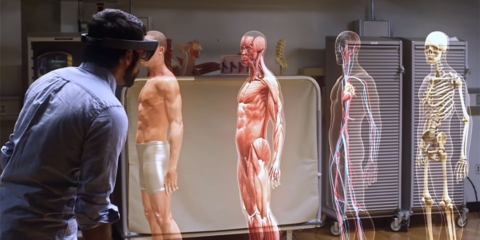Would you like to get notifications from Christian?
When we think of nature, we often think of the beauty and serenity that it provides. However, nature is also a constant source of inspiration for scientists and engineers. For years, Marta Cerruti has researched bone tissue engineering with graphene--a single sheet of carbon atoms that is electrically conductive and able to support a great deal of weight. Recently, McGill professor Marta Cerruti discovered a potential solution to producing hydrogen from seawater using graphene. This incredible material has many unique properties, including electrical conductivity and the ability to support tremendous weight. Thanks to Dr Cerruti's research, we may soon have a way to produce clean energy from our oceans!
Hydrogen is a clean-burning fuel that has the potential to revolutionize the way we generate energy. However, producing hydrogen from seawater has been a challenge due to the difficulty of separating water molecules. By finding a way to use graphene as a catalyst, Dr Cerruti has taken us one step closer to sustainable energy production!
The key to this technology is graphene, a single sheet of carbon atoms. When combined with oxygen and water, graphene creates reduced graphene oxide (rGO). This material is easier to work with than pure graphene, and it can be used as a catalyst to produce hydrogen from seawater.
This technology could be used to generate clean energy from our oceans. Hydrogen fuel cells are already being used in some vehicles, and this technology could help make them more widespread. Additionally, producing hydrogen from seawater would provide a sustainable source of energy that does not contribute to greenhouse gas emissions!
The next step is to find a way to mass-produce this new material. Once we're able to do that, we'll be one step closer to using hydrogen as a clean and renewable source of energy! Thank you, nature, for inspiring us once again!
Do you think this technology could be used to generate clean energy from our oceans? Let us know in the comments below!
Author: Christian Kromme
First Appeared On: Disruptive Inspiration Daily
Christian is a futurist and trendwatcher who speaks about the impact of exponential technologies like AI on organizations, people, and talents. Christian tailors his presentations to your audience's specific industries and needs.
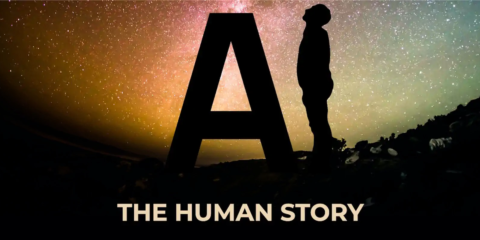

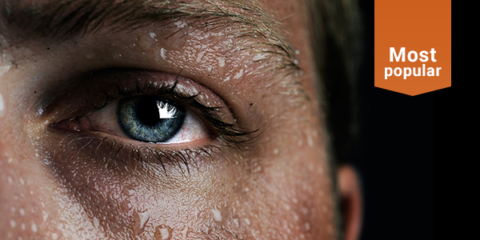
Our world is changing at an exponential rate! A big tidal wave of digital transformation and disruption is coming at us fast. Many organizations see this wave as a threat and experience stress, but there are also organizations that just see this wave as an opportunity.

Imagine sitting with just 10-15 fellow executives at a premier location, gaining clarity on the impact of AI on your industry while enjoying an exquisite dining experience. These are not just meetings—they are transformative moments that will shape the future of your organization



In the future, 3D printing and generative design will allow for products to be designed in a more decentralized manner, and production will take place closer to the customer and fully on-demand. 3D printing technology will also allow for more customization and personalization of products.


The agricultural industry is ripe for disruption. Robotics, AI, and IoT are all technologies that have the potential to radically transform the way we grow food. In combination with vertical farming, these technologies could increase the efficiency and quality of agricultural products.

A human-centered society is one that puts people first and where technology is used to unite and empower people. It is a society that values biological life and dignity above all else. It is a society that recognizes the importance of human relationships and works to strengthen them. In a human-centered society, all members of the community are valued and treated with respect.
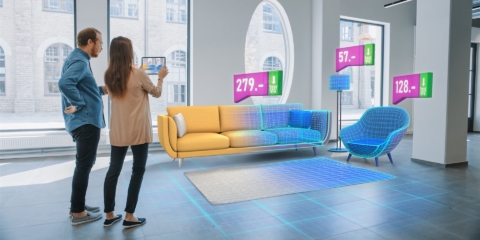
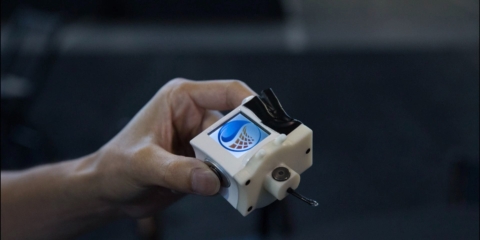
The future of healthcare is here. New technologies like AI, IoT, big data, and smart sensors make it possible to become the CEO of your own health. Imagine that your phone can listen to your voice and AI algorithms can detect small nuances in the tone of your voice that indicate specific diseases.
